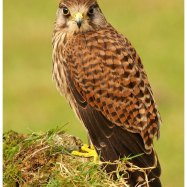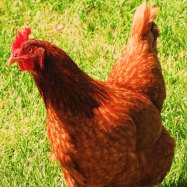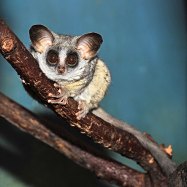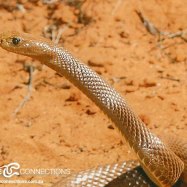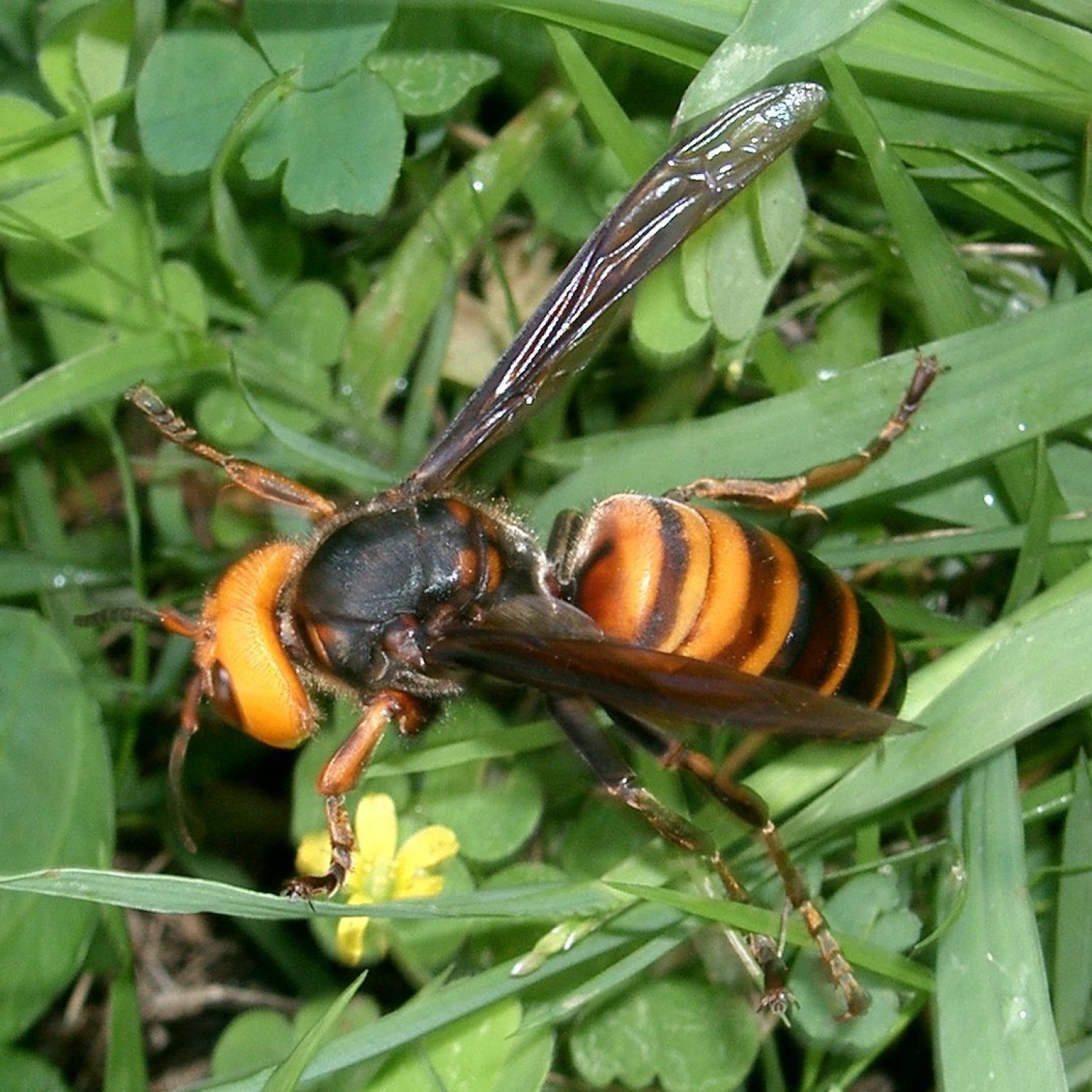
Asian Giant Hornet
3.5 to 4.5 cm
The Asian Giant Hornet, also known as the Murder Hornet, is a fearsome insect with a length of 3.5 to 4.5 cm. They are found in Eastern Asia and belong to the Vespidae family. With a robust body shape and large size, they are capable of inflicting painful stings, making them a force to be reckoned with in the insect world. #Asiangianthornet #Murderhornet #Insects #EasternAsia
Animal Details Summary:
Common Name: Asian Giant Hornet
Kingdom: Animalia
Habitat: Forests, mountains
The Fierce and Fascinating Asian Giant Hornet
The kingdom Animalia is home to many unique and diverse creatures, some of which can be quite mysterious and intimidating. Among them is the Asian giant hornet, scientifically known as Vespa mandarinia. This impressive insect has earned a reputation for its ferocious nature and distinctive features, making it a fascinating subject for scientists and nature enthusiasts alike.The common name Asian giant hornet might sound familiar, and that's because this predatory insect has made headlines for its recent appearance in North America, causing concern and fear for its potential impact on local ecosystems Asian Giant Hornet. But before we dive into the details of this notorious hornet, let's take a closer look at its classification and natural habitat.
The Taxonomy of Vespa mandarinia
The Asian giant hornet belongs to the phylum Arthropoda, making it an invertebrate with an exoskeleton and jointed limbs. Within this phylum, it falls under the class Insecta, meaning it has six legs, a segmented body, and compound eyes. This classification might seem like a common trait among insects, but the Asian giant hornet possesses some unique and distinguishing features.The order of Hymenoptera, or hymenopterans, includes bees, wasps, and ants, and the Asian giant hornet falls under the family Vespidae, specifically under the genus Vespa, along with other hornet species. This family of wasps is known for its social behavior, with individuals living and working together in large colonies.
Home in Eastern Asia
As the name suggests, the Asian giant hornet is native to Eastern Asia, specifically China, Japan, and Korea. It has a widespread geographical distribution within this region, inhabiting forests and mountainous areas. Interestingly, while it is predominantly found in rural regions, it has also been observed in urban areas, taking advantage of food sources such as honeybees found in hives Atlas Moth.A Carnivorous Appetite
One of the most fascinating aspects of the Asian giant hornet is its feeding method. Unlike other hymenopterans, such as bees that feed on nectar and pollen, this hornet is a carnivore. Its primary diet consists of insects, including other wasps, bees, and mantises, making it a top predator in its ecosystem.But the Asian giant hornet's diet also includes a surprising delicacy – honey. It is known to prey on honeybees, attacking their hives and devastating entire colonies within a matter of hours. This behavior has made the hornet infamous and feared by beekeepers, as it is estimated that a single Asian giant hornet can kill up to 40 honeybees per minute.
The Dangers of a Sting
The stunning yellow and black coloration of the Asian giant hornet might warn potential predators of its powerful sting. The venom of this hornet is known to be extremely potent, capable of causing severe pain, swelling, and even death in its prey. The venom also contains a complex mixture of chemicals that can trigger an allergic reaction in some individuals, making it potentially life-threatening.In addition to its potent venom, the size and strength of the Asian giant hornet are also remarkable. This hornet can grow up to 4.5 cm in length, with a robust and muscular body. Its wingspan can reach up to 7 cm, allowing it to fly at speeds of up to 40 km per hour, making it one of the largest and swiftest flying insects in the world.
The Controversy Surrounding the Asian Giant Hornet
The appearance of the Asian giant hornet in North America has caused quite a stir among researchers and the general public. In 2019, individuals in Washington State reported sightings of this hornet, and later in that year, a specimen was found and confirmed to be an Asian giant hornet.The discovery of the hornet sparked concerns about its potential impact on honeybees and other local species. But what is even more concerning is the potential of the hornet to establish a viable population in North America and spread to other parts of the continent.
While it is natural for species to spread and evolve over time, the human factor has played a significant role in the introduction of invasive species to new ecosystems. The Asian giant hornet is no different, with its potential arrival in North America attributed to human transport, either through ships or cargo.
The Fight Against the Asian Giant Hornet
With its potentially devastating impact on local bee populations, researchers and beekeepers are taking measures to study and combat the spread of the Asian giant hornet. This includes monitoring and trapping efforts, as well as research to understand the biology and behavior of the hornet.One interesting aspect of this ongoing research is the potential use of pheromones and decoy honeybees to lure and trap the hornet. As social insects, the Asian giant hornet uses chemical cues to communicate and locate their prey and could potentially be lured towards traps using these cues.
In Conclusion
The Asian giant hornet is undoubtedly a fascinating and fearsome insect, with its distinctive appearance and predatory behavior. As they continue to capture the attention of researchers and the public, it is crucial to remember the importance of coexisting with other species and minimizing the human impact on natural ecosystems. While it is natural to be cautious and aware of potentially dangerous insects, it is also essential to appreciate and respect their role and place in the natural world.

Asian Giant Hornet
Animal Details Asian Giant Hornet - Scientific Name: Vespa mandarinia
- Category: Animals A
- Scientific Name: Vespa mandarinia
- Common Name: Asian Giant Hornet
- Kingdom: Animalia
- Phylum: Arthropoda
- Class: Insecta
- Order: Hymenoptera
- Family: Vespidae
- Habitat: Forests, mountains
- Feeding Method: Carnivorous
- Geographical Distribution: Eastern Asia
- Country of Origin: China, Japan, Korea
- Location: Eastern Asia
- Animal Coloration: Distinctive yellow head, black and yellow striped abdomen
- Body Shape: Robust, large size
- Length: 3.5 to 4.5 cm
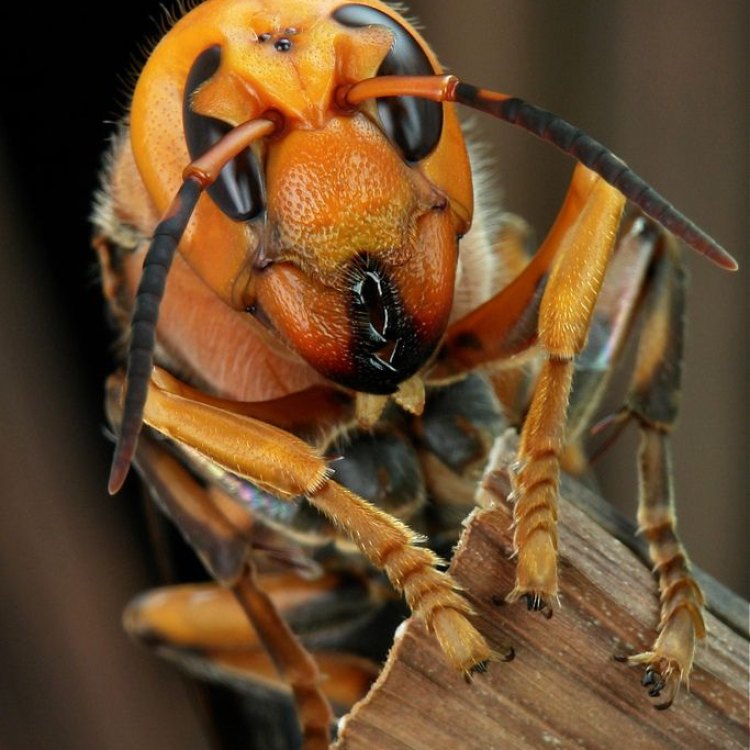
Asian Giant Hornet
- Adult Size: Large
- Average Lifespan: Around 1 year
- Reproduction: Sexual
- Reproductive Behavior: Mating occurs in late summer to early autumn
- Sound or Call: Produces a loud buzzing sound
- Migration Pattern: Non-migratory
- Social Groups: Solitary
- Behavior: Aggressive when threatened
- Threats: None (No natural predators)
- Conservation Status: Not evaluated
- Impact on Ecosystem: Can have negative effects on honeybee populations
- Human Use: None
- Distinctive Features: Large size, distinctive coloration
- Interesting Facts: Known for their painful stings, capable of killing honeybees
- Predator: No natural predators
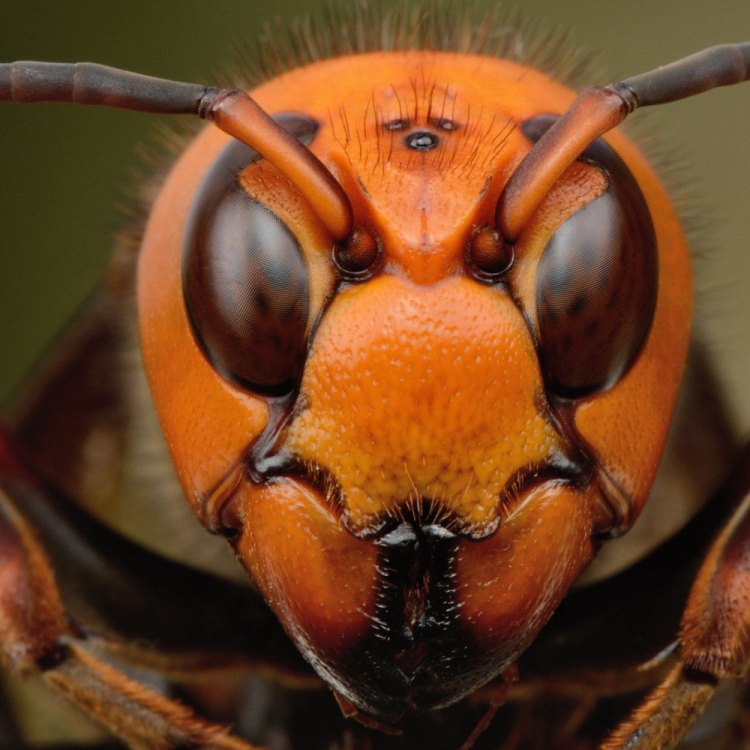
Vespa mandarinia
The Asian Giant Hornet: A Mighty and Threatening Insect
When we think about insects, our minds might automatically conjure up images of tiny, delicate creatures buzzing around flowers and plants. However, in the case of the Asian Giant Hornet, this perception couldn't be further from the truth. This insect, also known as the "murder hornet," is a true giant in the world of insects, both in size and in reputation. In this article, we will explore the unique features of the Asian Giant Hornet and its impact on the ecosystem PeaceOfAnimals.Com.Size and Lifespan
The name "giant" in Asian Giant Hornet is no exaggeration. This insect can grow up to two inches in length, making it the largest hornet species in the world. Its wingspan can also reach up to three inches, making it an intimidating sight to behold. This impressive size is due to its voracious appetite and the need to hunt and gather food for its large colony.
In terms of lifespan, the Asian Giant Hornet has an average lifespan of around one year. This is shorter compared to other hornet species, which can live for several years. However, their short lifespan doesn't stop them from making a big impact on the ecosystem and other insects.
Reproduction and Mating Behavior
Like most insects, the Asian Giant Hornet reproduces sexually. The mating period for these hornets occurs in late summer to early autumn Akita Shepherd. During this time, the queen will emerge from hibernation and start building her nest. She will mate with several male hornets and store their sperm to fertilize her eggs.
The mating behavior of the Asian Giant Hornet is quite fascinating. Before mating, the male hornet will produce a secretion from his abdominal glands that attracts the queen. This secretion is also used to mark and defend the territory around the nest. Once the queen is attracted, the male will mount her from behind and release his sperm. After mating, the male will die, and the queen will start building her colony.
Sound and Call
The Asian Giant Hornet is known for its distinctive buzzing sound, which can be heard from a considerable distance. This loud buzzing sound is produced by the rapid movement of its large wings. The sound can also serve as a warning to other insects and animals to keep their distance.
Non-Migratory and Solitary
Unlike other hornet species, the Asian Giant Hornet is non-migratory, meaning they don't move from one place to another depending on seasons or food availability. They prefer to stay in one location with a suitable climate and ample food sources. This type of behavior can lead to the build-up of large colonies, which can be threatening to other species.
Asian Giant Hornets are also solitary insects, meaning they don't form large social groups like honeybees or other hornet species. Each hornet will have its own individual nest, and they typically only interact with other hornets during mating and foraging.
Aggressive Behavior and Threats
When it comes to aggression, the Asian Giant Hornet is not one to be provoked. Their large size and powerful stinger make them capable of inflicting painful stings on humans and other animals. And just like other hornet species, they will release a pheromone that signals other hornets to attack if they feel threatened. These hornets will also protect their territory and food sources fiercely, making them a force to be reckoned with.
Interestingly, the Asian Giant Hornet has no natural predators due to its large size and potent venom. This gives them an advantage, and they have become a dominating presence in their environment. However, this also means that they face no real threats, leading to a lack of natural population control.
Impact on Ecosystem
The presence of the Asian Giant Hornet in an ecosystem can have a significant impact. One of the most affected species is the honeybee. These hornets are known for their ability to kill and decapitate honeybees, making them a major threat to the honey industry. Their large size and powerful sting make it easy for them to overpower and consume entire hives of honeybees, causing a decline in honeybee populations and disrupting pollination processes.
Conservation Status and Human Use
Despite their intimidating reputation, the Asian Giant Hornet has not been evaluated for conservation status. This means that their population is not currently at risk, and there are no conservation efforts in place to protect them. However, with their negative impact on honeybee populations, it is crucial to monitor and regulate their population to maintain balance in the ecosystem.
In terms of human use, the Asian Giant Hornet does not have any significant benefits or uses. Unlike honeybees, they do not produce honey or have any commercial value. However, their venom is currently being studied for its potential medical and pharmaceutical applications.
Distinctive Features and Interesting Facts
What makes the Asian Giant Hornet stand out from other hornets and insects is its large size and distinctive coloration. These hornets have a yellow-orange head and black and yellow body, making them easily recognizable in the insect world.
Apart from their size and venomous sting, the Asian Giant Hornet is also famous for its painful sting. The venom of these hornets is potent and can cause severe allergic reactions in humans. In some cases, multiple stings can even be fatal.
Final Thoughts
In conclusion, the Asian Giant Hornet is an insect that commands attention and respect. Its impressive size, aggressive behavior, and potent venom make it a force to be reckoned with in its environment. However, it is essential to monitor and regulate their population to ensure their presence does not have a negative impact on other species. The Asian Giant Hornet may be a mighty and threatening insect, but it still plays a crucial role in maintaining the balance of the ecosystem.
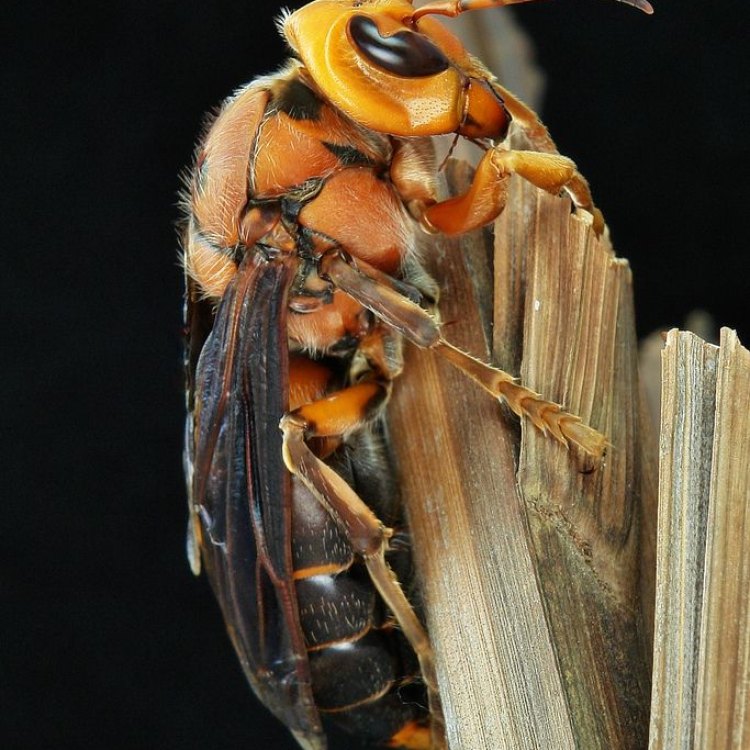
The Fierce and Fascinating Asian Giant Hornet
Disclaimer: The content provided is for informational purposes only. We cannot guarantee the accuracy of the information on this page 100%. All information provided here may change without prior notice.


